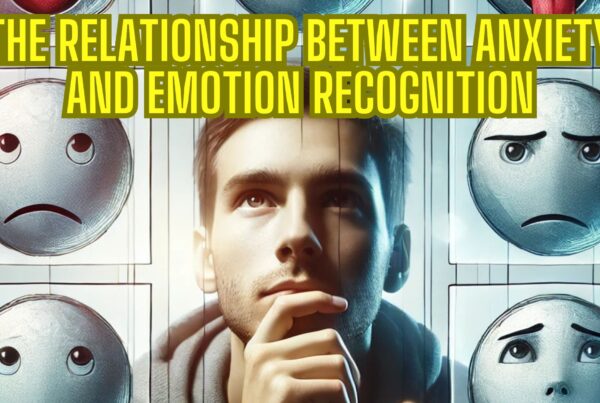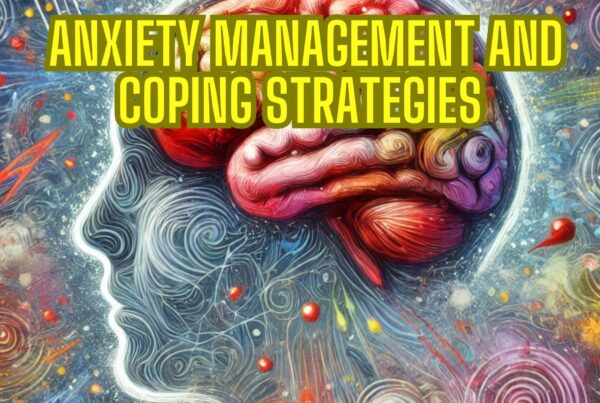Attachment Theory and Your Style: How to Identify It
What is Attachment Theory and How to Identify Your Attachment Style
When working with clients on relationship issues, their struggle with anxiety is not an uncommon topic. One of the most useful tools I use with my clients is Attachment Theory.
In this blog post, I’ll be explaining what Attachment Theory is and how to identify your attachment style.
What is Attachment Theory?
Attachment Theory is a psychological theory that explains how the early attachment experiences between a child and their caregiver shape the child’s beliefs and behaviours in relationships throughout their life.
According to Attachment Theory, our attachment style is formed in response to the quality of care we receive from our primary caregiver.
The three main attachment styles are:
– Secure Attachment
– Anxious Attachment
– Avoidant Attachment
How to Identify Your Attachment Style
Identifying your attachment style can be tricky, but there are a few signs that can help you figure it out.
Secure Attachment Style:
If you have a secure attachment style, you probably feel comfortable with emotional intimacy and are able to communicate your needs effectively.
You may have had a caregiver who was responsive to your needs and created a safe and nurturing environment for you to grow up in.
Anxious Attachment Style:
If you have an anxious attachment style, you may have a fear of abandonment and worry that your partner doesn’t love you as much as you love them.
You may have had a caregiver who was inconsistent with their attention and care, causing you to feel anxious and insecure.
Avoidant Attachment Style:
If you have an avoidant attachment style, you may have a fear of intimacy and a tendency to push people away.
You may have had a caregiver who was emotionally distant or unavailable, causing you to learn to suppress your emotions and become self-reliant.
How Attachment Styles Affect Relationships
Your attachment style can have a significant impact on your relationships. Here’s how each attachment style tends to behave in romantic relationships:
Secure Attachment Style:
If you have a secure attachment style, you’re likely to have healthy, satisfying relationships. You’re able to communicate your needs effectively and you’re comfortable with emotional intimacy.
Anxious Attachment Style:
If you have an anxious attachment style, you may struggle with feelings of insecurity and jealousy in your relationships. You may worry that your partner doesn’t love you as much as you love them, and you may become clingy or demanding.
Avoidant Attachment Style:
If you have an avoidant attachment style, you may struggle with emotional intimacy and commitment in your relationships. You may push people away when they get too close, and you may have a tendency to be emotionally distant or unresponsive.
How to Change Your Attachment Style
The good news is that attachment styles are not set in stone. With some effort and awareness, you can shift your attachment style towards a more secure one.
Here are some things you can do to change your attachment style:
Practice mindfulness:
Mindfulness can help you become more aware of your thoughts and feelings, allowing you to respond to them in a more conscious way.
Develop a support system:
Building relationships with people who are emotionally supportive can help you feel more secure and less anxious.
Challenge your beliefs:
If you have negative beliefs about relationships or yourself, it’s important to challenge them and reframe them in a more positive way.
Seek therapy:
Working with a therapist who specializes in attachment issues can be extremely helpful in shifting your attachment style towards a more secure one.
Understanding Your Attachment Style
Attachment Theory is a valuable tool for understanding how our early experiences shape our beliefs and behaviours in relationships. Identifying your attachment style can help you understand why you behave the way you do in relationships, and can give you the insight you need to make positive changes in your relationships.
Remember that attachment styles are not set in stone, and with some effort and awareness, you can shift your attachment style towards a more secure one. Whether you practice mindfulness, develop a support system, challenge your beliefs, or seek therapy, there are steps you can take to improve your attachment style and build healthier, more fulfilling relationships.
As a hypnotherapist, I often use techniques like hypnosis and mindfulness to help my clients shift their attachment styles and overcome anxiety and relationship issues. If you’re struggling with these issues, know that you’re not alone and there is help available.
I hope this blog has helped you understand Attachment Theory and how to identify your attachment style. Remember to be kind to yourself, and know that positive change is always possible.
Book Your FREE 30 Minute Consultation With Release Hypnosis NOW!
You may also like to read:
How To Stop The Negative Thoughts From Taking Control
The Mindfulness Toolkit
The Importance of Acceptance To Mental Health
Unlock The Power Of Your Mind With a Hypnosis Audio Recording








